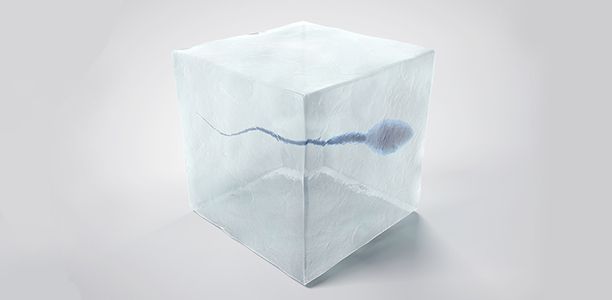With commercial sperm banking giving women more opportunities to become mothers, a world-first QUT study has found the age and education of sperm donors are the most important characteristics considered.
What women want in their sperm donor: A study of more than 1000 women’s sperm donor selections by Stephen Whyte and Professor Benno Torgler from QUT’s Queensland Behavioural Economics Group, has just been published by the international journal Economics and Human Biology.
Conducted in conjunction with the Queensland Fertility Group, the study examined how 1546 Australian women have made decisions about sperm donors they have chosen across the last ten years (2006-2015).
“In most developed countries women (and men) with fertility problems, single women and lesbians are all now able to freely access sperm from sperm banks and reproductive health facilities for insemination. Women are theoretically no longer bound by the constraints of proximity, social class, culture, or race when choosing a male to mate with,” Mr Whyte said.
“Many women have more freedom than ever before when it comes to choosing who fathers their offspring and what we have found is that younger and more highly educated sperm donors are snapped up much faster.”
Mr Whyte said women no longer needed to pursue and secure possible mates themselves as they are readily available as cryogenically frozen gamete samples at their nearest IVF facility. They can reserve sperm close to where they live and the facilities they seek treatment from are able to source sperm from all over the world.
“Reproductive medicine now not only gave women the chance to become a parent, where previously they would not have been able to, it also revealed that female’s preference for resources of their potential mate remain, even when the notion of paternal involvement becomes redundant,” he said.
“Women have always born a heavier burden in reproduction than men and because of this they have evolved preferences for males with the ability and willingness to provide resources.
“Higher education levels in males may be seen by women as a proxy for resources.
“Previous human mating research has shown women prefer older males, as males naturally accrue resources with age. That women actually choose younger males to mate with in a reproductive setting, is a unique finding that merits further research.
“I think our study provides important behavioural insight into the characteristics preferred by women, as this is the first ever economic analysis of actual female choice (not just their preference) in a reproductive medical setting.
“As advances in assisted reproductive medicine gather pace, along with demands for these processes from both men and women, behavioural research in this field is warranted. This work will hopefully be a primer for that.”
QUT is part of a national collaborative group of five major Australian universities that form the ATN (Australian Technology Network of Universities).
(Source: Queensland University of Technology, Economics and Human Biology)











